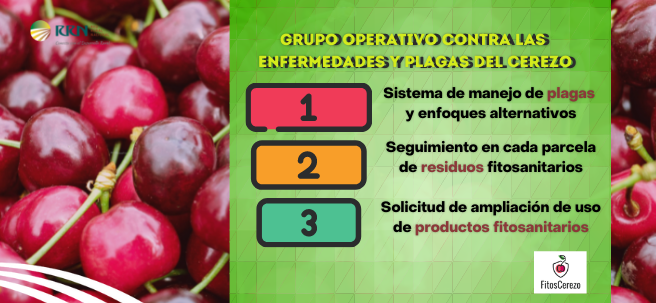
26 de November de 2021
Cherry production is increasingly in demand in the markets. The largest cherry producers are Russia, the United States, Germany, Italy, France, and Spain. In Spain, the Jerte Valley (Extremadura) and the Ebro Valley (Northeast Spain) are steadily increasing in area.
- The Fitoscerezo Operational Group achieves an alternative system for managing pests and diseases to the one currently used by cherry farmers in the areas of Aragon and Northern Extremadura.
- They have also studied the residues of phytosanitary products applied to the plots.
The cherry fruit is a fruit with excellent sales potential, as it is the first stone fruit to enter the market. Spain is distinguished by offering a product that ripens earlier than other regions, and has significant exports to European countries. Production is highly profitable due to high sales prices and low costs.
Its wood is also highly valued, and its importance as a rural tourism attraction during its flowering season is also notable.
However, cherry tree diseases and pests have increased due to a dual problem: resistance to current insecticides and the ban on the use of certain active ingredients.
It is in this context that the Fitoscerezo Operational Group (OG) was created to design and develop a new integrated pest and disease control program for cherry cultivation, in order to adapt it to Directive 2009/128/EC on the sustainable use of pesticides.
Results
The GO Fitoscerezo set out to achieve 3 objectives:
- An alternative pest and disease management system to the one currently used by cherry farmers in the regions of Aragon and northern Extremadura.
Thus, trials were conducted to compare two pest control systems in plots in each of the growing areas (Jerte Valley in Extremadura and La Almunia de Doña Godina in Aragon). Both types of management were implemented in these plots, and pest and disease monitoring and damage assessments were conducted to determine their effectiveness and limitations, which are described here .
- Monitoring of the residues of phytosanitary products applied to each of the plots.
To this end, weekly sampling was conducted from the early cherry stage until the fruit was harvested. Results are available here .
- Request for extensions of the use of phytosanitary products
The Ministry of Agriculture, Fisheries, and Food has been asked to authorize minor uses of phytosanitary products through their registration . The list of products can be found here .
Overall, both treatments tested have proven to be sufficiently effective in pest control. Furthermore, the new integrated cherry disease management system designed during the Task Force's development—which reduces the number of chemical active ingredients and introduces biological products—not only provides the same level of disease control as the standard integrated management system, but also preserves greater biodiversity of cultivable fungi and yeasts on flowers and fruit in both study areas.
Components
The Fitoscerezo GO presented its final results on September 14th in a session that can be consulted here .
Its members have been: FEPEX - Spanish Federation of Associations of Producers and Exporters of Fruits, Vegetables, Flowers, and Live Plants; ACVJ - Jerte Valley Cooperatives Association; AEAMDE - Association of Agricultural Entrepreneurs of the Right Bank of the Ebro River; AEPLA - Business Association for Plant Protection; INIA - National Institute of Agricultural and Food Research and Technology; DEVREG CONSULTA SLU; and CTAEX - National Agri-Food Technology Center.











